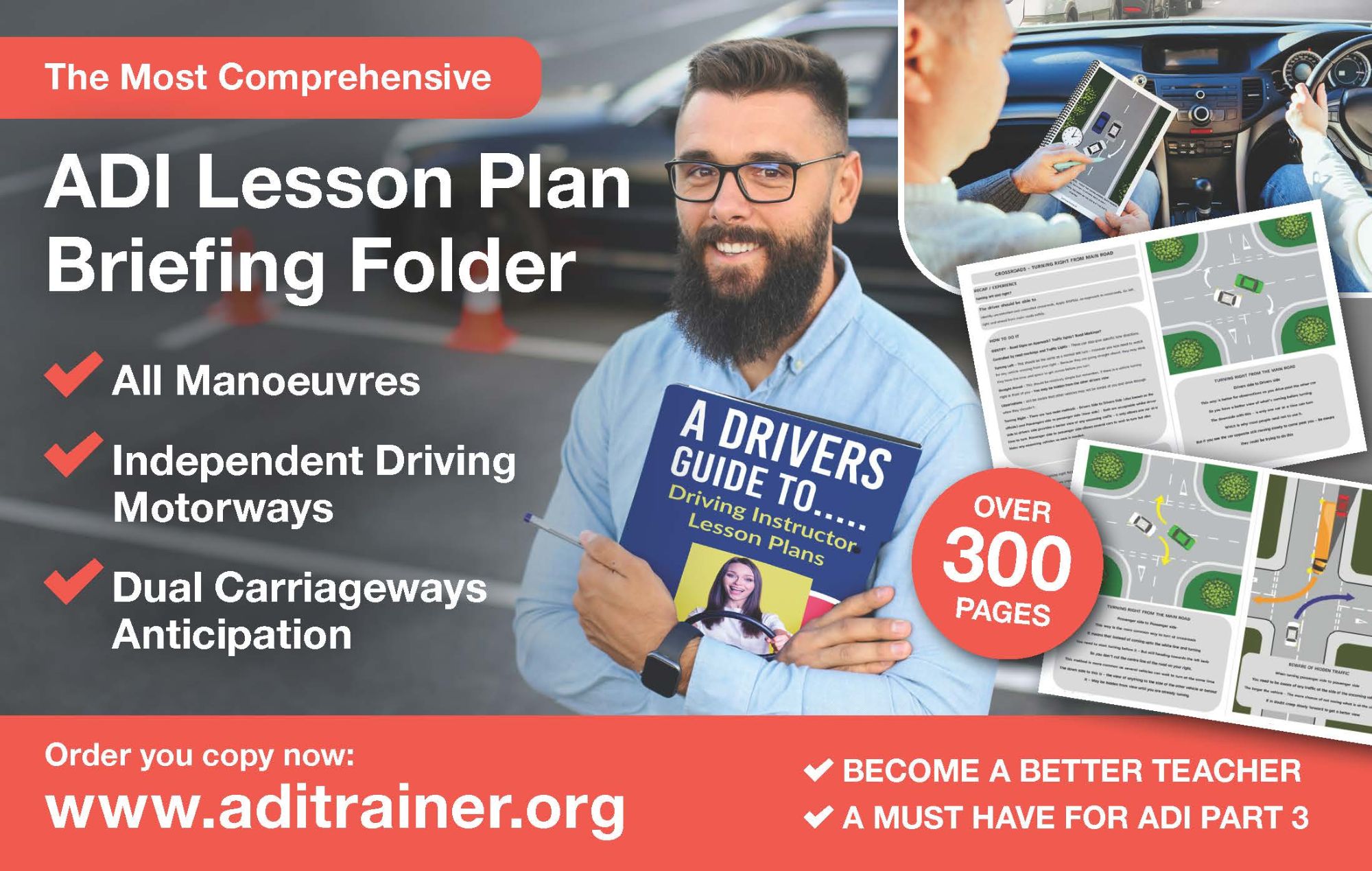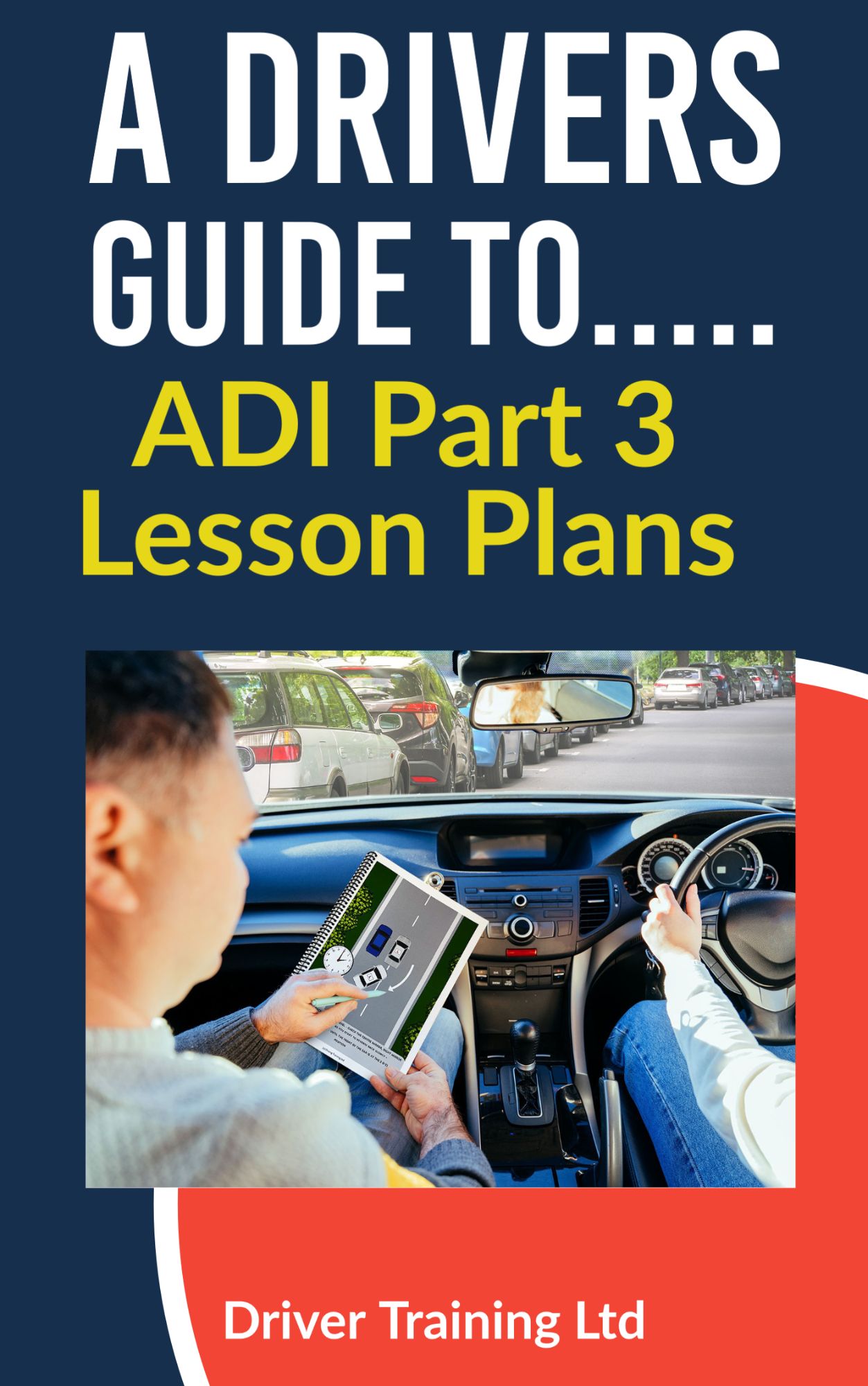Driving Instructor Lesson Plans (UK)
The Do's and Don'ts of Driving Lesson Structure
Driving lesson structure is an important part of learning to drive. Whether you're a potential driving instructor or a student looking to gain their license, understanding the do's and don'ts of driving lesson structure can be essential for success.
In this blog post, we will explore the different aspects of structuring a driving lesson and how to ensure that you are properly prepared to get the most out of your lessons.
Read on to learn more about the do's and don'ts of driving lesson structure!
Driving Lesson Plans
Whether a potential driving instructor or fully qualified, one of the most important things you can do is create a driving lesson briefing plan. Starting with the basics is the key to helping your students become safe and confident drivers.
When creating your plan, it’s important to cover the basics such as the rules of the road, proper use of signals, and how to check mirrors. It’s also important to ensure that your students understand the importance of defensive driving and when to yield to other drivers on the road.
Taking the time to explain these topics in detail will provide your students with the knowledge and confidence they need when behind the wheel.
Complete Driving Lesson Plans
Learning to drive can be a daunting process for many individuals, so having a structured driving lesson plan can make the experience much more enjoyable and productive. Structured driving lesson plans provide the student with clear objectives and a timeline for their progress.
When creating driving lesson plans, it is important to start by covering the basics such as the cockpit drill and controls. This will help ensure that the student is familiar with the vehicle before moving on to more difficult manoeuvres. It is also important to factor in practice time as this allows the student to build on their understanding of the car and put what they have learnt into action.
Theory is also an essential part of driving and should not be underestimated. Understanding the rules of the road and other factors such as safe driving techniques are all key components of becoming a fully qualified driver.
It is also important to be patient with your students. As with any new skill, it takes time to master, so giving them plenty of opportunity to practice and providing feedback as they progress can make a big difference.
First Driving Lessons On A subject
Before any practical driving can begin, it’s important for your student to learn about the cockpit drill and controls. This includes familiarising them with the car’s layout and the different controls used to operate the vehicle.
Start off by explaining the layout of the dashboard and what each of the buttons, levers, and pedals do.
Then have your student practice the cockpit drill, which is simply finding the right positions for the seat, mirrors, and steering wheel before they start driving.
Once they have mastered this, move onto the basics of how to use the clutch, accelerator, and brake. Make sure they understand when to use each pedal and how to move through the gears smoothly. It's also important to ensure that they know how to use all other controls such as the indicators, lights, and windscreen wipers.
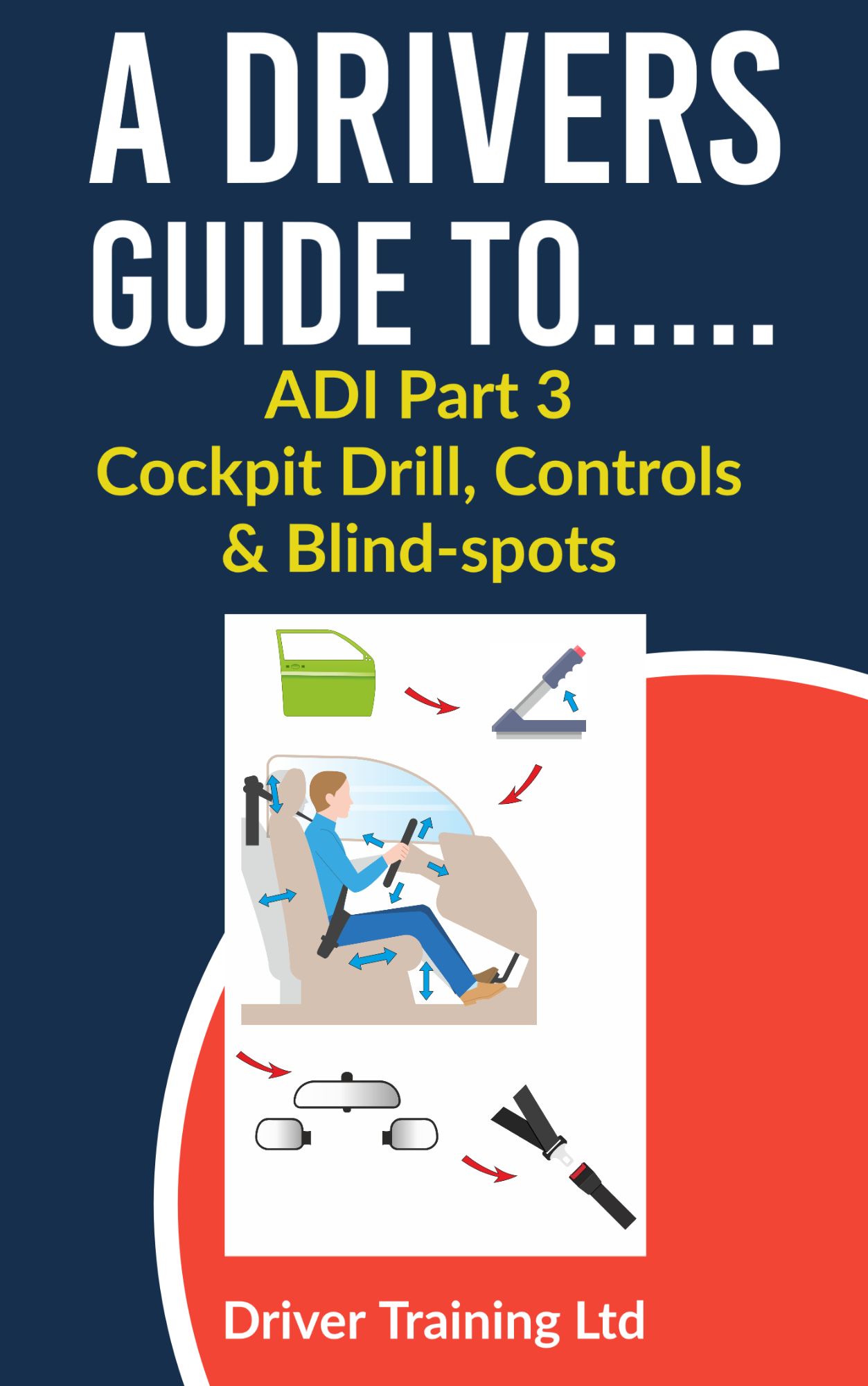
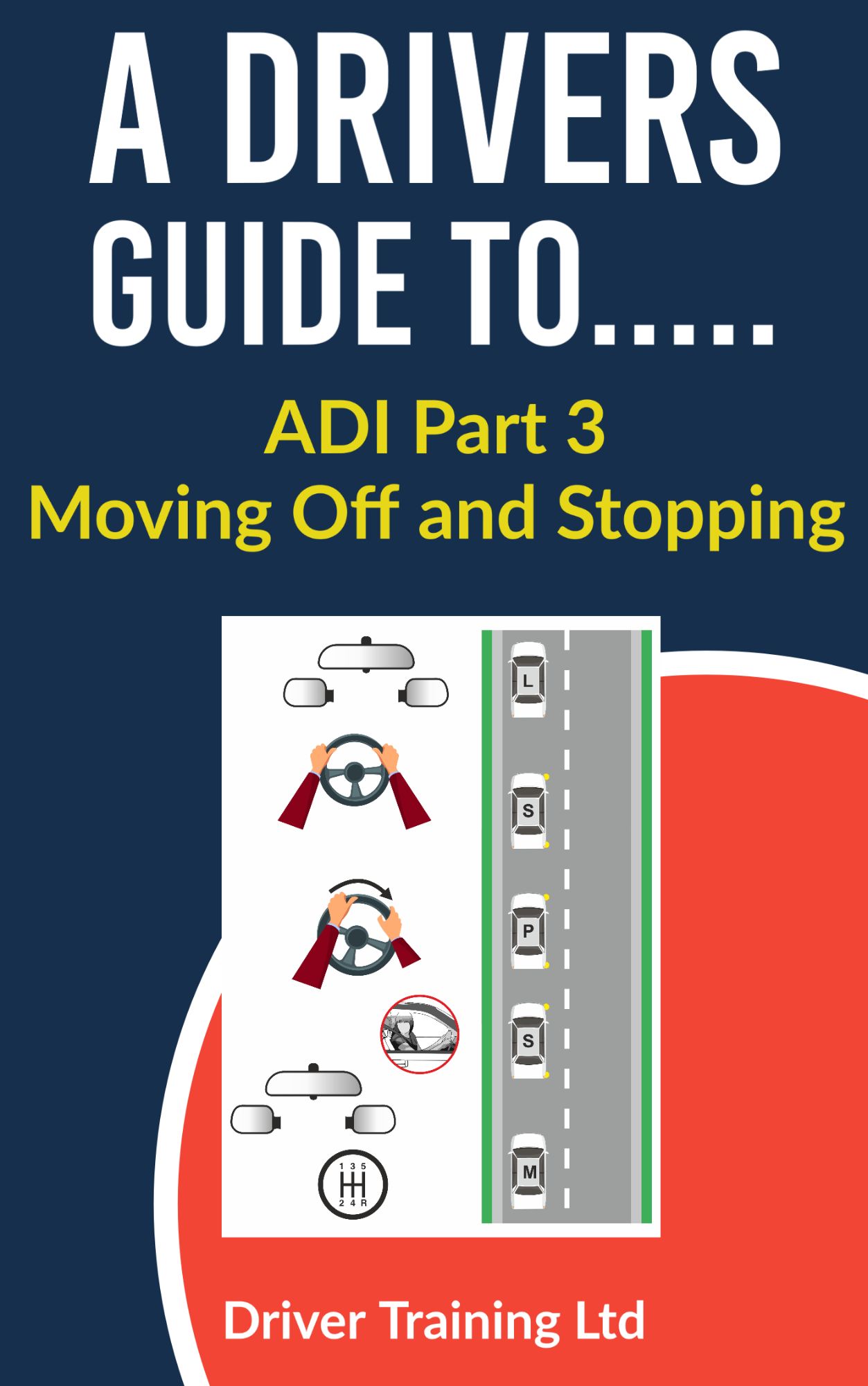
Moving Off and Stopping
It’s important to remember to keep driving lessons simple and don’t try to cover too much. Trying to fit too much into a single lesson can cause students to become overwhelmed and confused. Keep the lessons manageable by focusing on one skill or concept at a time.
Encourage students to practice each skill several times in order to become comfortable with it. As their skills improve, gradually introduce new topics. This will help to create a more effective learning experience for your student.
Turning, Emerging and Junctions
Driving instructor lesson Plans ADI Part 3, Turning Emerging, junctions
These driving instructor lesson plan diagrams are designed to help you understand more fully and therefore become better at teaching... Turning emerging and junctions
From using the MSPSGL routine to knowing and describing the difference between open and closed junctions and how to deal with them.
ADI Part 3 Driving Lesson Plan Diagrams Book for Driving Schools – Turning, Emerging and junctions. A4 Size, Thick 160gsm Driving lesson plan Book,
- ADI Part 3 turning, emerging and junctions Driving Lesson Plan briefing Books - We've upgraded the traditional driving school lesson plan books to include all the information needed for student progress, easier organization, and improved understanding. It's the reliable and effective way to plan driving lessons for Turning, Emerging and junctions
- GET YOURS HERE
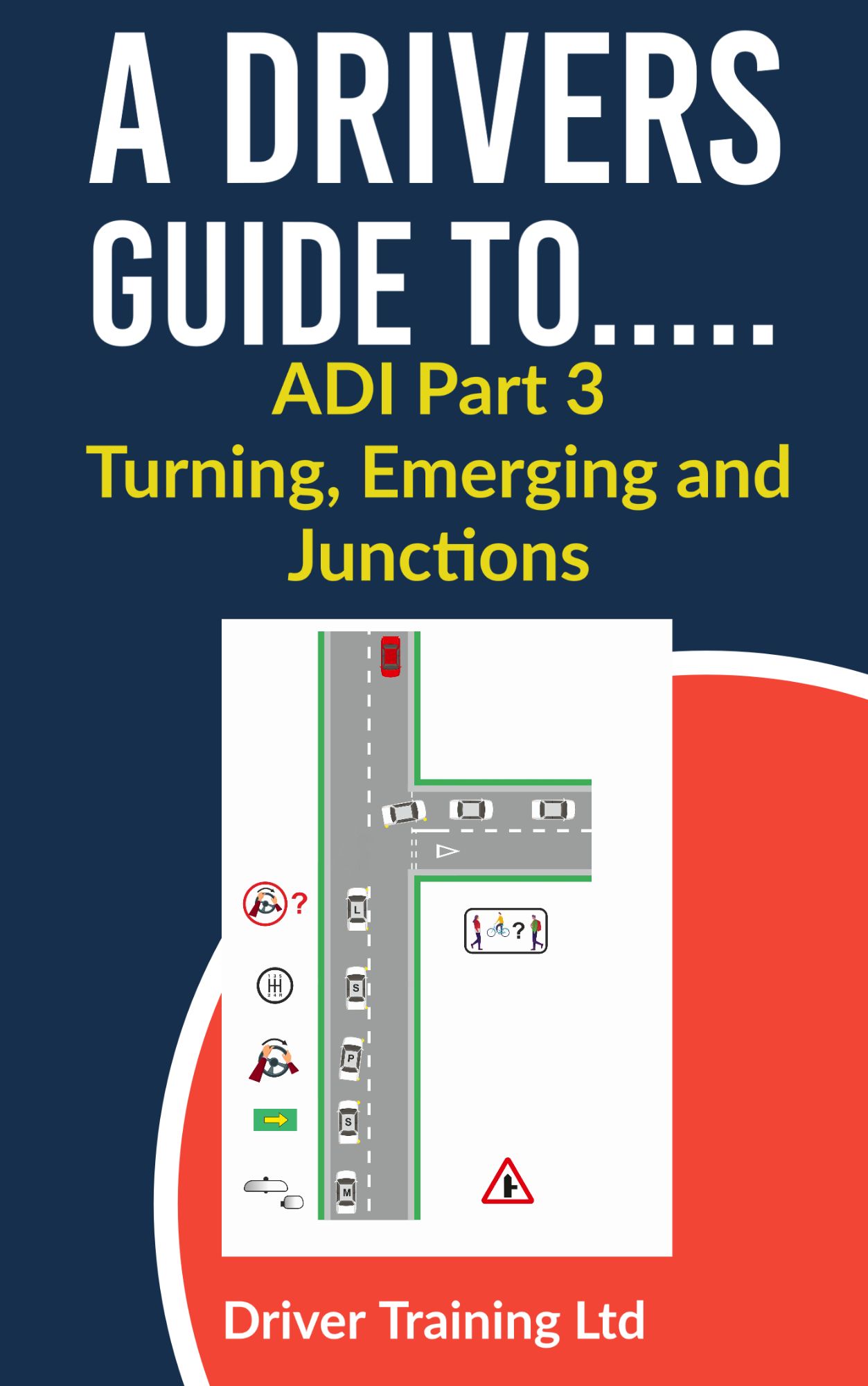
Roundabouts incl Mini and Spiral
Roundabouts can be a tricky thing to master and it’s important for new drivers to become comfortable with them. As an instructor, it’s important to ensure that your student understands the basics of how roundabouts work and the etiquette associated with them.
First, ensure that your student is aware of the proper sequence when approaching a roundabout. They should indicate before entering and only once they have made it around the roundabout should they indicate to exit. If they need to turn left or right, they should indicate accordingly. Also make sure they know to give way to traffic that is already on the roundabout.
Next, you should go over the key manoeuvres associated with roundabouts. Ensure that your student is comfortable changing lanes, judging the size of gaps, understanding when to accelerate and slow down, and maintaining a safe speed on the roundabout itself. It’s important to practice these manoeuvres multiple times during your lesson so that your student can become comfortable with them.
Finally, discuss strategies for dealing with larger or more complex roundabouts. Your student may need to change lanes multiple times or do a series of U-turns. Make sure that they understand how to read road signs and markings and how this will affect their driving on the roundabout.
By taking the time to teach your student the basics of roundabouts, you will give them the skills necessary to be a safe and confident driver.
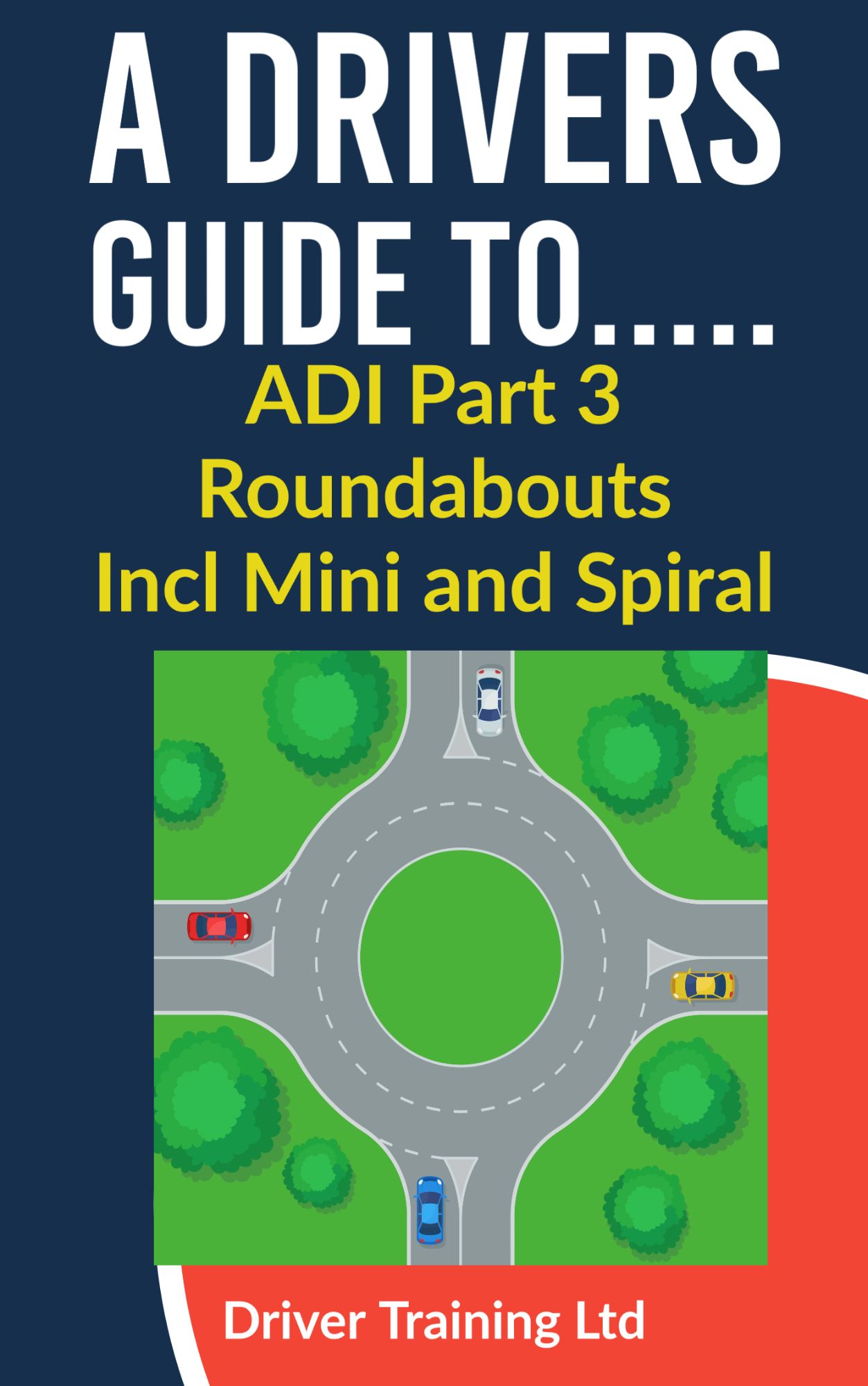
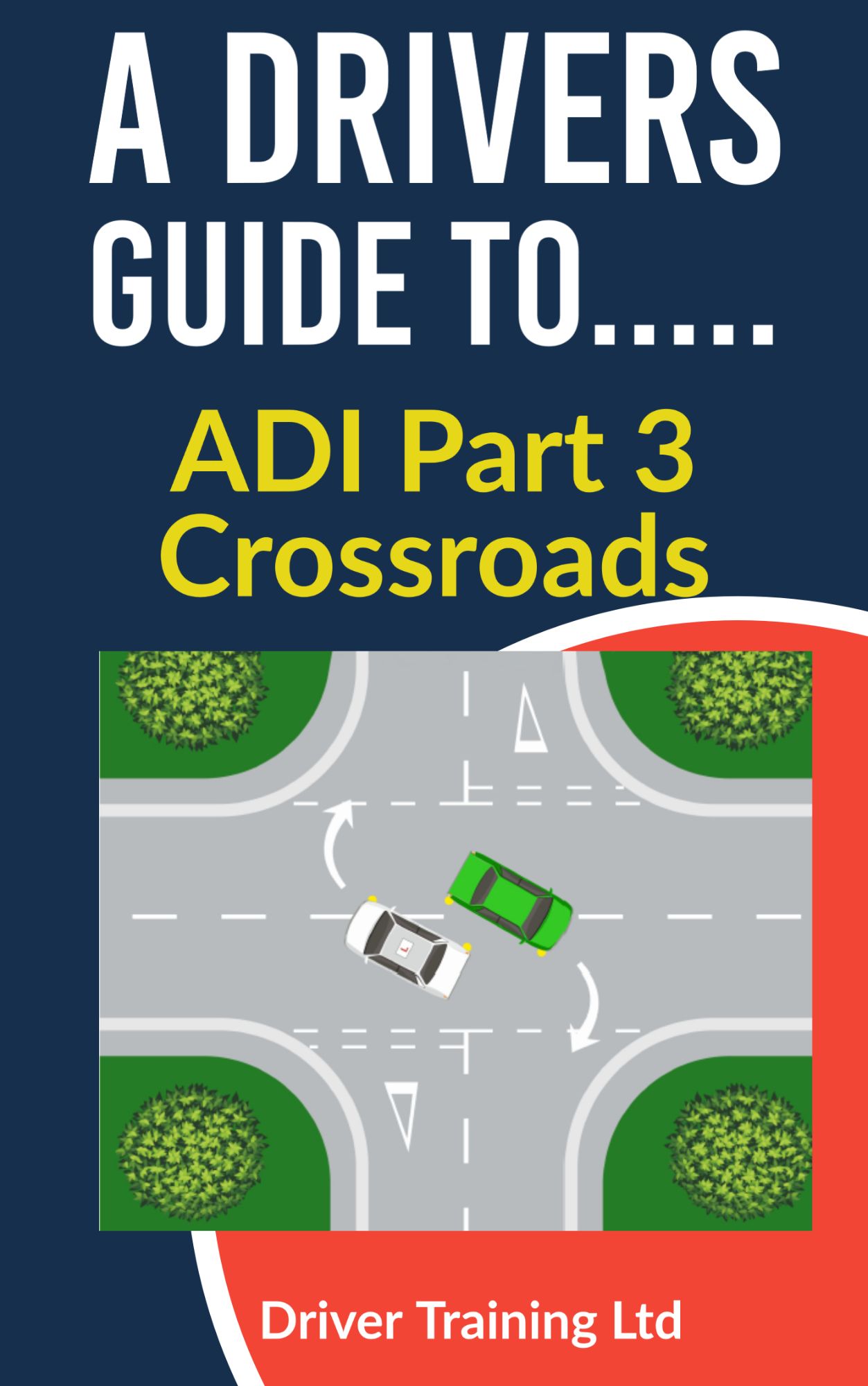
Crossroads and Yellow Box Junctions
Dealing with crossroads is an important skill to master when it comes to driving. It is important for new drivers to be aware of their surroundings and have an understanding of the rules of the road when approaching crossroads.
When approaching a crossroads, drivers should always give way to oncoming traffic and be aware of any potential hazards such as cyclists, pedestrians or animals that may be crossing. Drivers should also check their blind spots and use their mirrors to check for approaching traffic from all angles.
When negotiating a crossroad, drivers should always remember to keep their speed low and give other vehicles enough time to react to their movements. It is also important for drivers to look both ways before entering a crossroad, even if they have right of way. If there is no clear view, drivers should slow down and be prepared to stop.
Lastly, drivers should remember to indicate their intention at a crossroads. This is especially important if turning right or making a U-turn. Indicating will help other drivers predict your movements and will allow them to adjust accordingly.
Pedestrian Crossing and Filter Lights
When it comes to teaching your students about dealing with pedestrian crossings and filter lights, it is important to make sure that they have a good understanding of how these areas of the road work.
The most important thing to remember is that when approaching a pedestrian crossing, the driver must always give way to any pedestrians who are crossing the road. This means slowing down and allowing them to cross safely.
In addition to this, it is important for drivers to understand what filter lights mean and when to use them. Filter lights allow drivers to make turns at certain intersections, and should only be used when the driver has a clear view of the intersection and when it is safe to do so. It is also important for drivers to watch out for any signs indicating which lane they should be in when making a turn.
Finally, when driving through a junction with a filter light, drivers must always check their mirrors and make sure they signal when making a turn.
Overall, it is essential that drivers have a good understanding of how to navigate pedestrian crossings and filter lights in order to ensure their own safety as well as the safety of other road users.
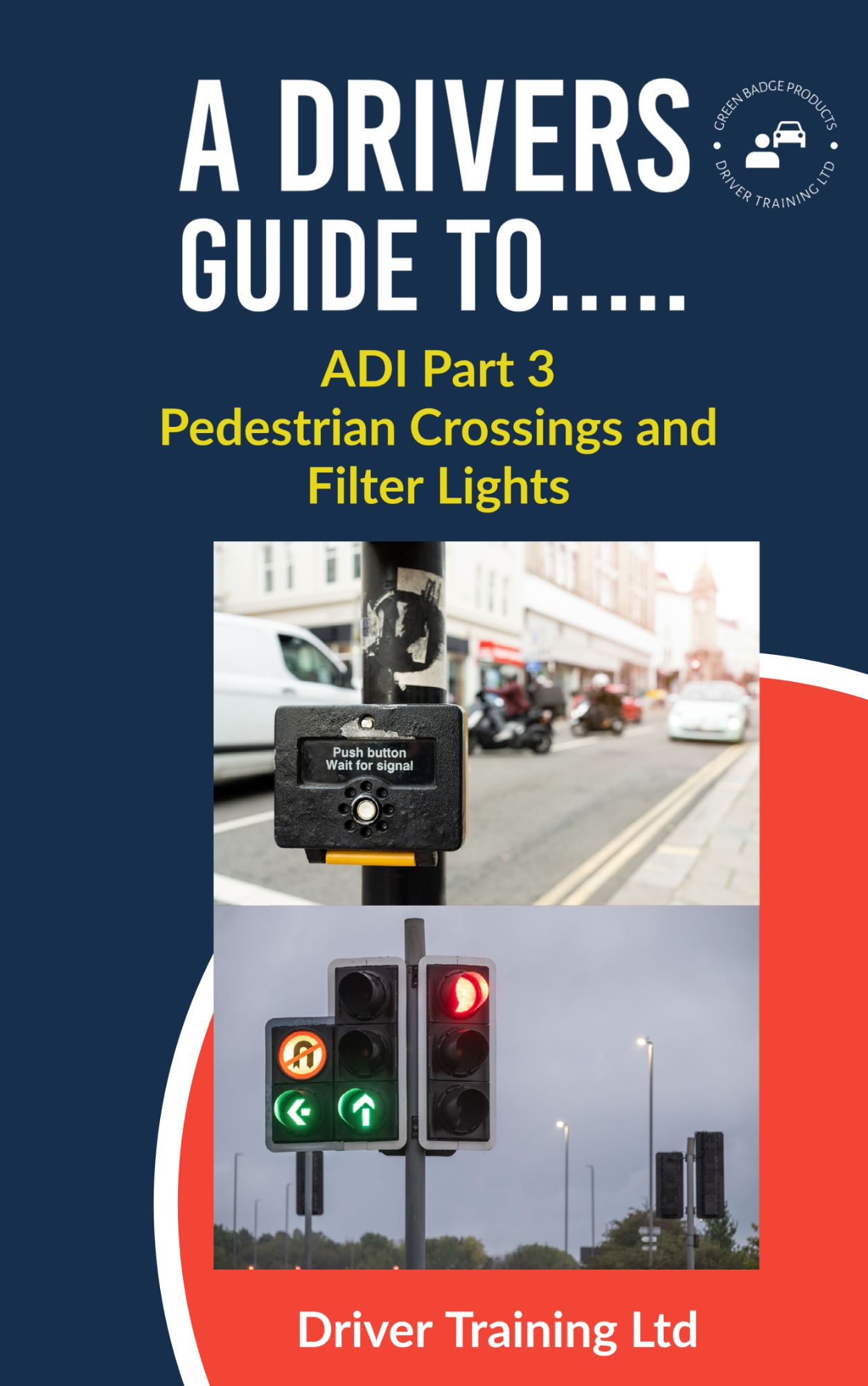
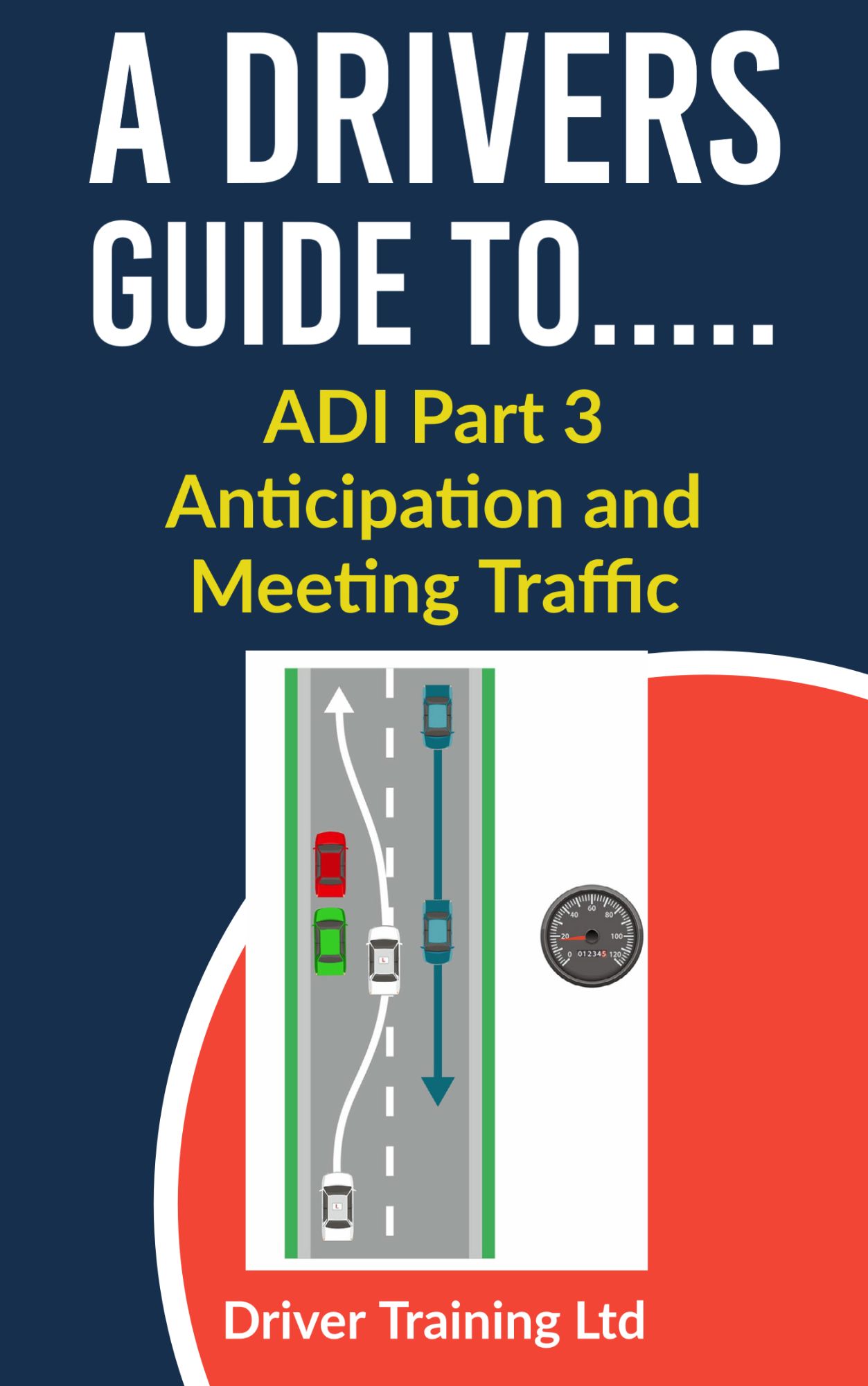
Anticipation and Meeting Traffic
When driving, it’s important for your students to be aware of other vehicles and to anticipate their movements. Teaching them how to check and effectively scan the road ahead is key to helping them become safer drivers. Additionally, they should know what to do when they come across oncoming traffic. They should be aware that they need to adjust their speed, turn on their indicators and watch the other vehicle’s movements.
It’s also important to point out to your students that when they meet oncoming traffic they should drive straight and remain in their own lane at all times. It’s important to emphasize that both drivers must stay in the correct lanes and not try to cut corners or swerve into the other lane. This is especially important when driving on narrow roads or winding roads as it can lead to a dangerous situation. Additionally, teach your students to always use their mirrors, pay attention to other drivers and stay in the designated speed limit.
Driving lessons are essential for new drivers and it’s important that they learn how to anticipate and respond to oncoming traffic. By teaching them the basics, you can help ensure that they’re safe on the roads and develop their skills in a controlled environment..
Overtaking on single roads and driving on Motorways and Dual Carriageways
Overtaking other vehicles on the road is a necessary skill for any driver, and it's important that your driving lessons cover this skill. When teaching your students about overtaking, explain the importance of checking the mirrors to make sure the way is clear before pulling out and overtaking. Make sure they understand the rules of the road when it comes to giving way to faster vehicles or those approaching from behind.
In addition to overtaking, you should also discuss how to safely drive on dual carriageways and motorways. Explain the importance of keeping to the speed limit, lane discipline, how to safely enter and exit motorways, and how to stay aware of other vehicles in their vicinity. It's also essential to explain the importance of observing the signage and any other relevant regulations. Ensure that your students have mastered the basics before taking them out onto the open roads.
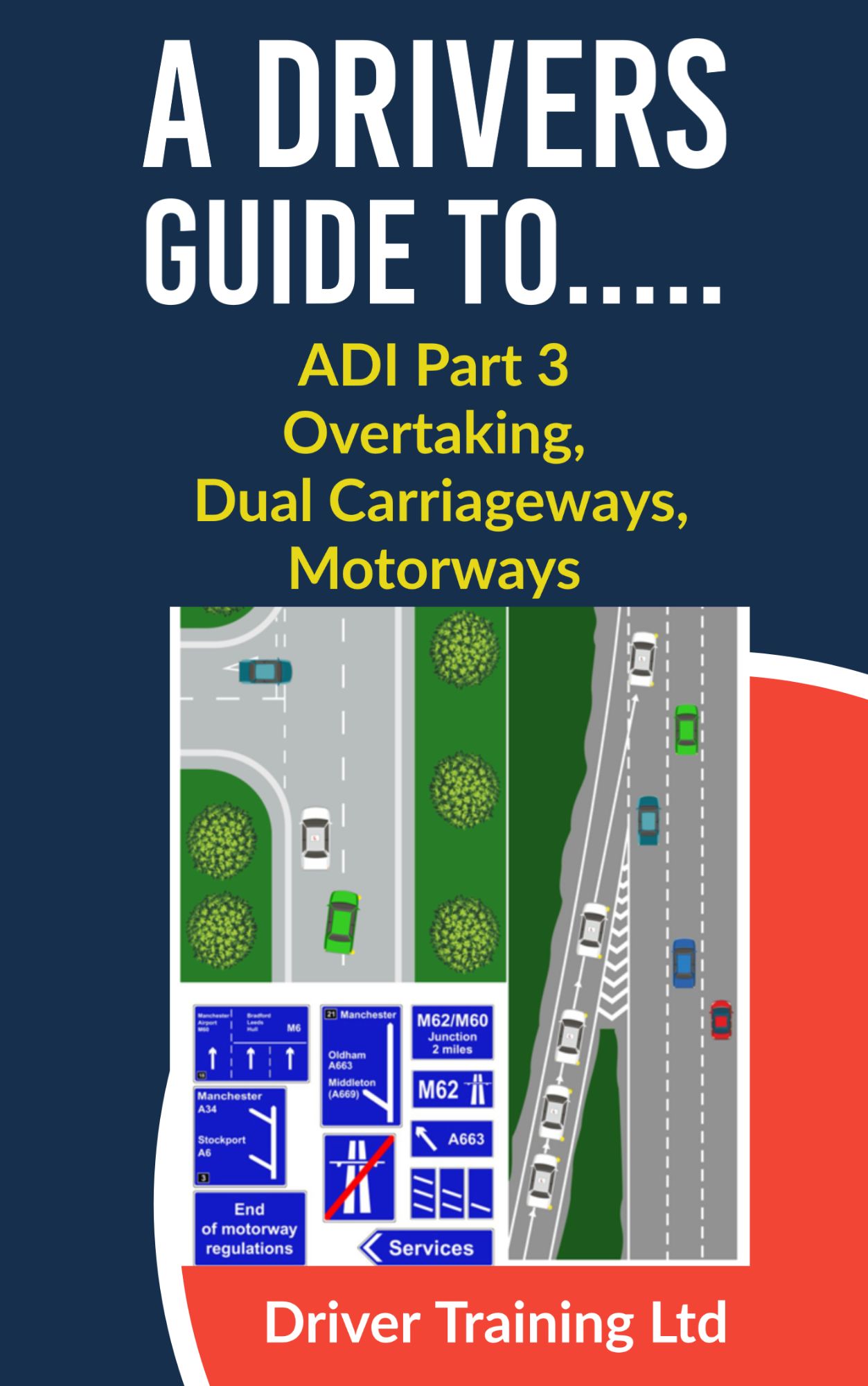
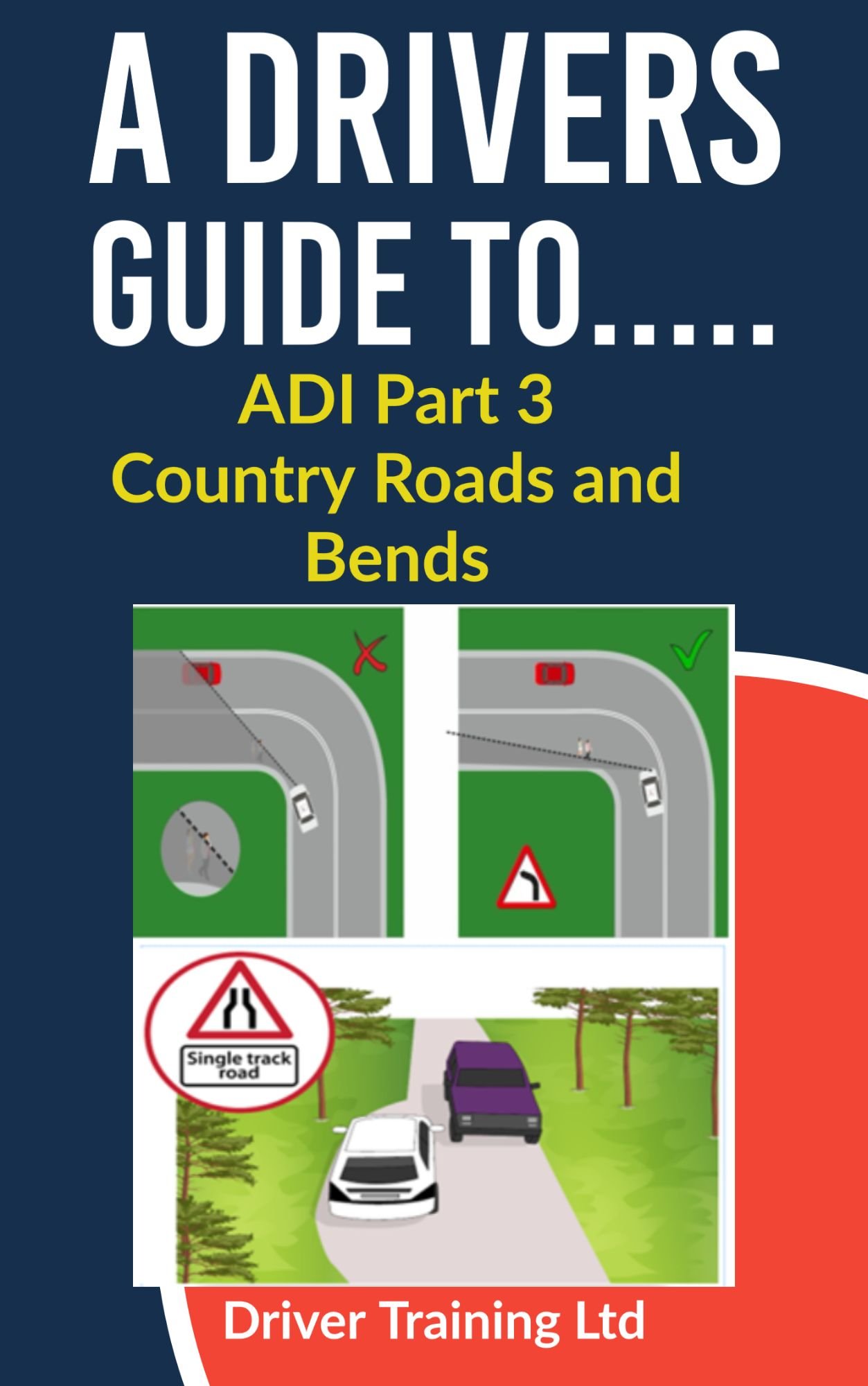
Country Roads and Bends
Driving on country roads can be a challenge, as they usually have more twists and turns than city streets. It’s important to teach your students the basics of driving on these roads. Start by explaining the importance of keeping an eye out for any wildlife that may be in the area, as well as staying aware of vehicles coming in both directions.
Explain the importance of taking corners slowly, and keeping a steady speed throughout bends. It’s also important to encourage students to take their time and be aware of the road conditions - for example, a wet or icy surface will require extra caution when turning or braking. Make sure to emphasize that it’s okay to go a little slower than usual on country roads.
When teaching your students how to drive on country roads, it’s also essential to help them understand the different types of bends they might come across. Explain the difference between a sharp corner and a gentle one, and point out any specific hazards they should look out for when driving around bends.
Finally, make sure your students are aware of what to do if they come across an unexpected obstacle in the road - such as a fallen tree or a mudslide. Encourage them to take their foot off the accelerator and brake gently, and pull over if necessary. This will help them stay safe and get accustomed to driving on country roads with confidence.
MANOEUVRES
Driving test manoeuvres are a key part of your driving lessons and should be covered thoroughly. These can include parallel parking, reversing into a parking bay, forward into a parking bay, pulling up on the right and reversing 2 car lengths and emergency stop
Parallel parking is the act of parking your vehicle in a space that is parallel to the curb. To do this properly, you will need to observe the right of way and align your vehicle with the cars in front of and behind you, as well as ensure that you don’t cross over the lines of the parking space.
Reverse parking involves reversing your car into a space that is either at an angle or straight. When doing this, it is important to use your mirrors and check for traffic behind you before moving the car. Additionally, you should be aware of your surroundings and the environment around you.
Forward bay parking require you to turn your car in a very tight area. This requires a lot of skill and practice, as you must be able to determine the correct distance between yourself and other vehicles as well as use your mirrors correctly to avoid any collisions.
Pulling up on the right and reversing involves pullin up facing oncoming traffic and reversing 2 car lengths. In this situation, it is important to make sure that you have adequate space and are aware of your surroundings before beginning the maneouvre.
Emergency stop, this is done on 1 in 5 driving tests. This requires coordination of your brake and accelerator pedals, as well as using the clutch correctly in order to make sure that you don’t roll backwards or forward.
Practice makes perfect when it comes to driving test manoeuvres, so be sure to spend time practicing these manoeuvres with your students in order to help them become more comfortable with driving and increase their chances of passing their driving test.
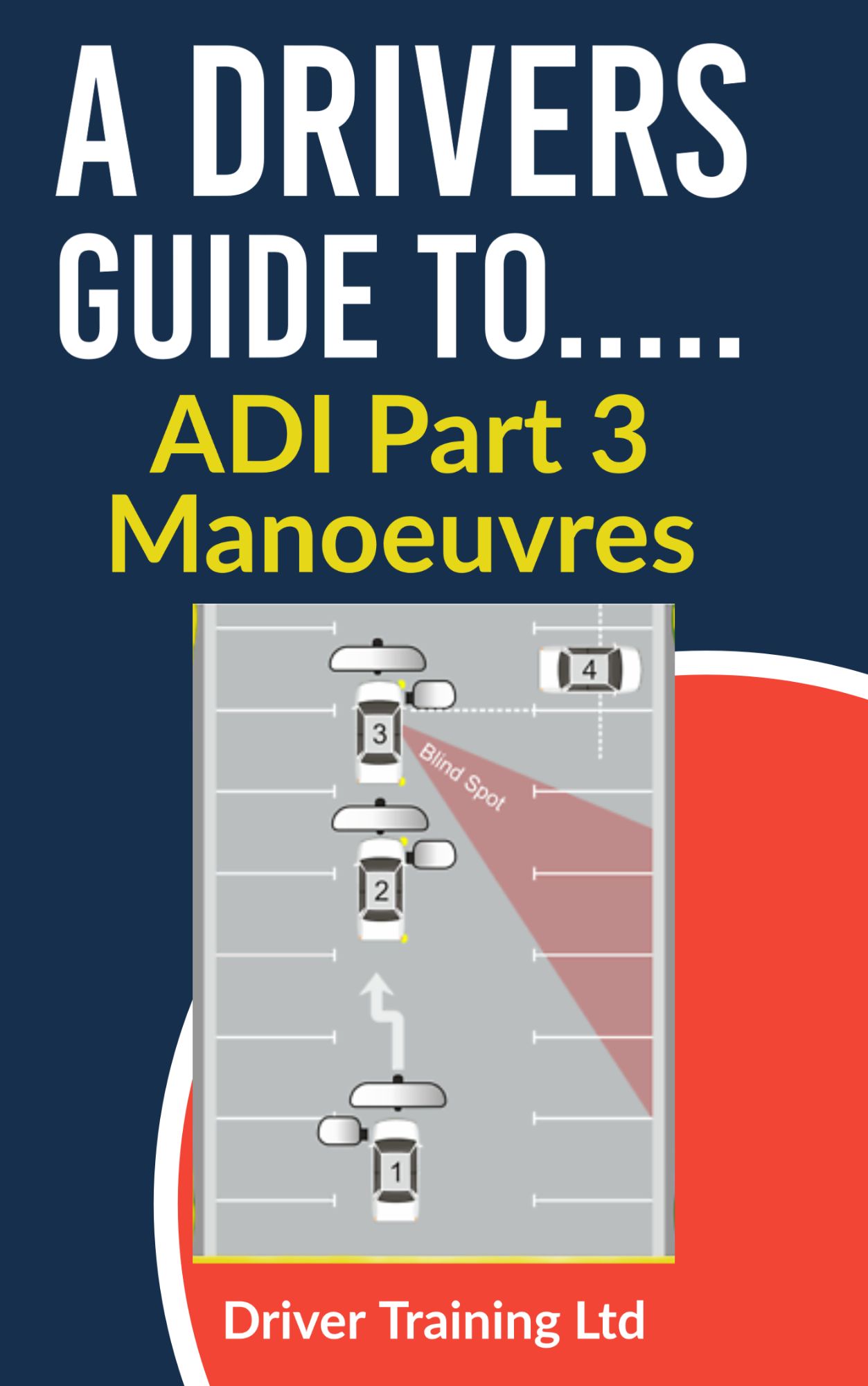
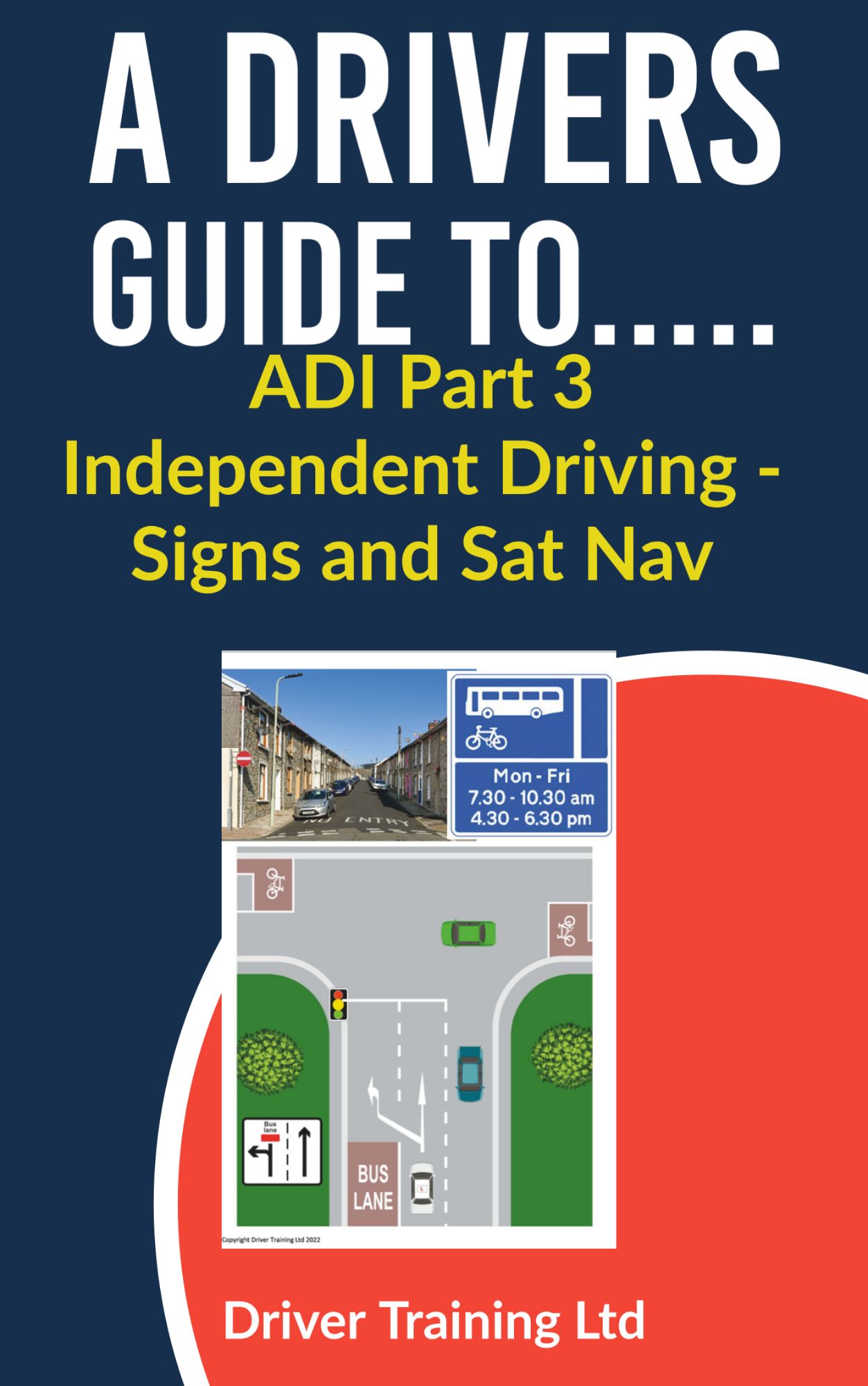
INDEPENDENT DRIVING INCL SIGNS AND SAT NAV
When it comes to teaching your students to drive, it's important to cover all aspects of driving, including following signs and navigating with a sat nav. It's essential for your students to understand ow to follow signs and understand the different types of road signs that they may come across. Additionally, they should be able to use a sat nav device in order to plot their route.
First, you should familiarize your students with the different types of road signs, such as warning signs, give way signs, stop signs and speed limit signs. Show them pictures or physical models of the signs, as well as explaining what they mean and how they should react when they see them on the road. Make sure they are comfortable with the signs before you move on to the next step.
Next, you should discuss how to use a sat nav. Teach your students how to enter an address or destination into a device, and explain the importance of following directions and understanding the map. Encourage them to practice plotting routes and changing destinations as needed. Remind them to be aware of their surroundings and look for any changes in the route that might be necessary.
Finally, you should practice driving along a route with both signs and a sat nav. Ask your student to pay attention to the road signs and follow any directions from the sat nav. This exercise will help your student to gain confidence in their ability to navigate with both signs and a sat nav device, and prepare them for the practical driving test.
By following these steps, you can ensure that your students have a comprehensive understanding of how to follow signs and use a sat nav when driving. With practice and patience, they'll be ready to take their practical driving test in no time!
As a driving instructor, it's important to keep in mind the safety of your students while they're behind the wheel. Provide feedback during lessons, so your student knows when they’ve done something correctly and where they need improvement. Create an environment that is conducive to learning by being supportive and encouraging.
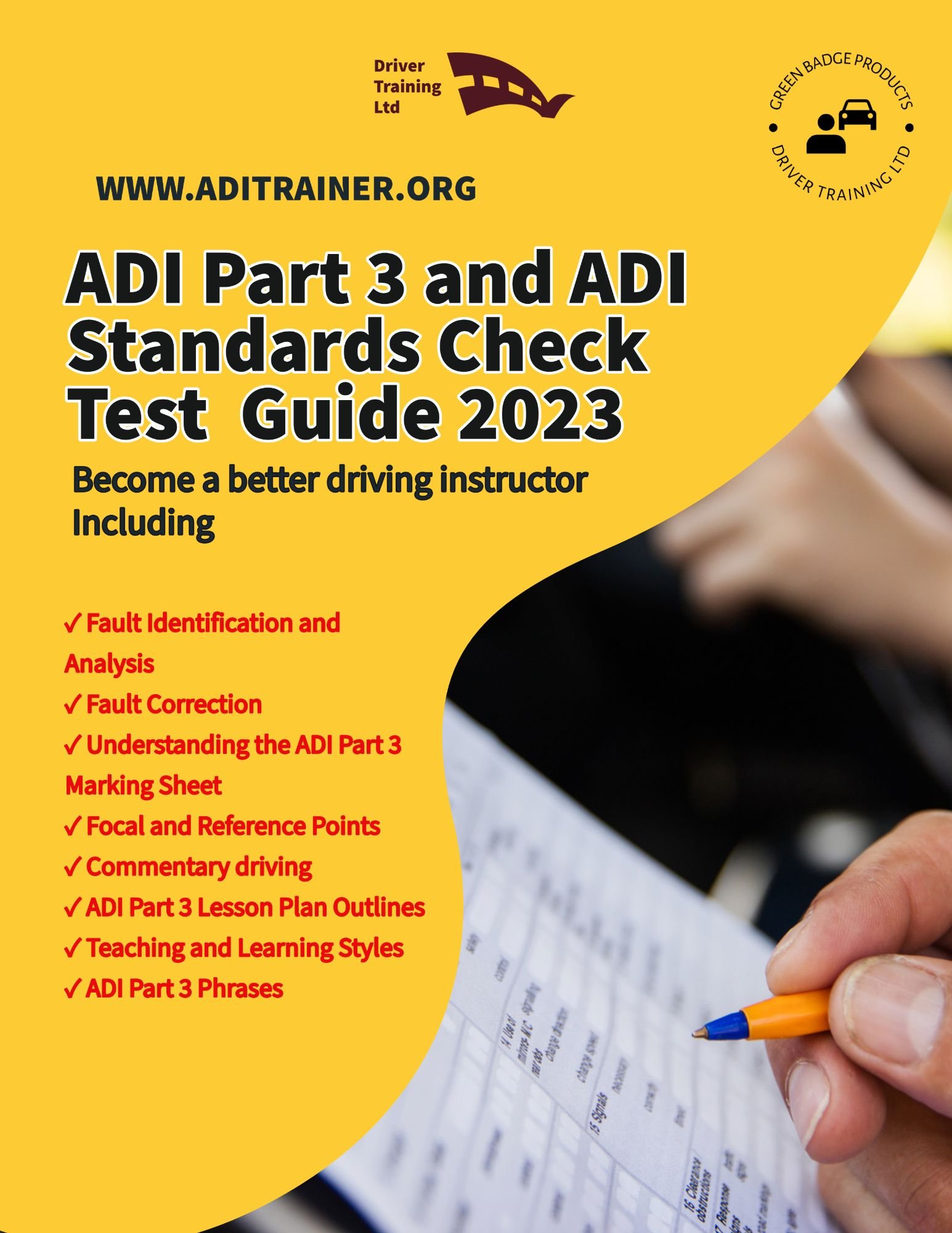
ADI Part 3 and ADI Standards Check Test Guide
Includes Detailed Instruction - Unlike other ADI Part 3 and ADI Standards Check Test Guides, ours provides a simple but comprehensive explanation of the aspects of taking the ADI Part 3 or the ADI Standards Check Test exam.
Including
✓Fault Identification and Analysis
✓Fault Correction
✓Learning and Teaching Styles
✓Understanding the ADI Part 3 Marking Sheet
✓Focal and Reference Points
✓Commentary driving
✓ADI Part 3 Lesson Plan Outlines
✓Teaching and Learning Styles
✓ADI Part 3 Phrases
- Designed by Experts - Created by ORDIT registered trainers Driver Training Ltd, with almost 20 years of experience in teaching people to become driving instructors. Our ADI Part 3 and ADI Standards Check Test Guide is the best guide available. Whether you're an ADI trainee, or an experienced driving instructor looking to refresh your knowledge, and become a better instructor this handy driving guide is perfect for you.
- GET YOURS HERE

